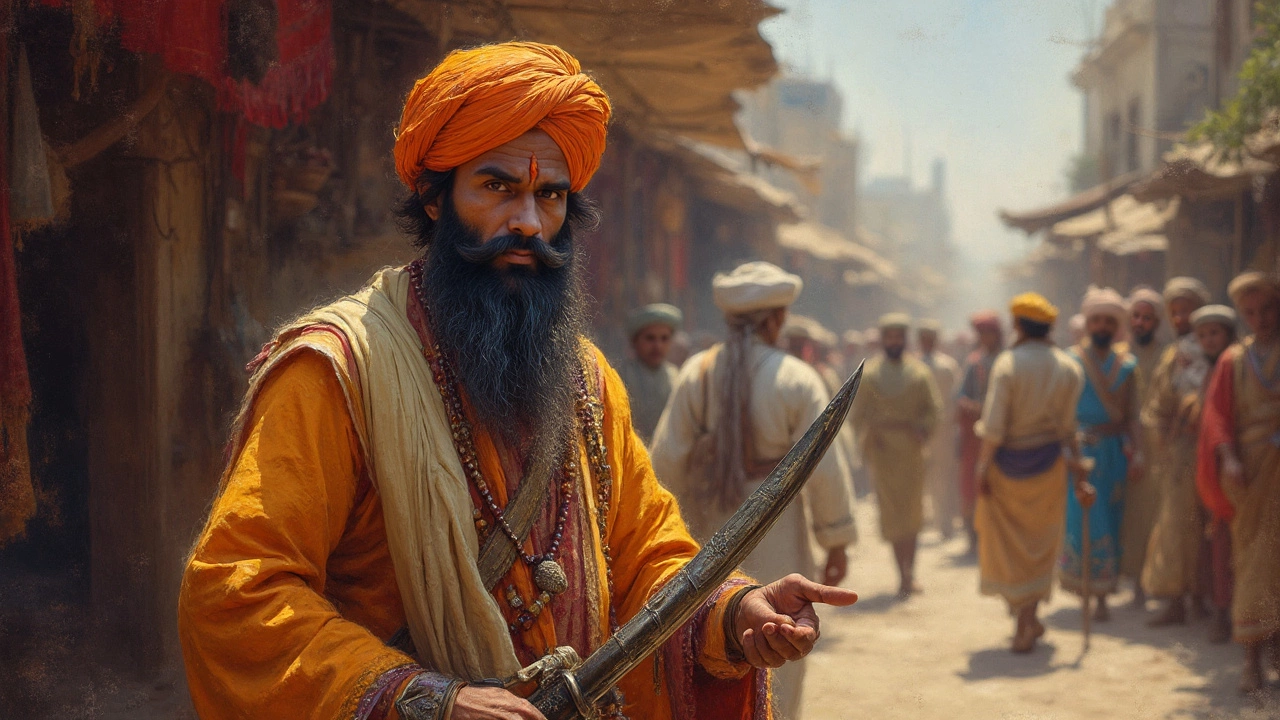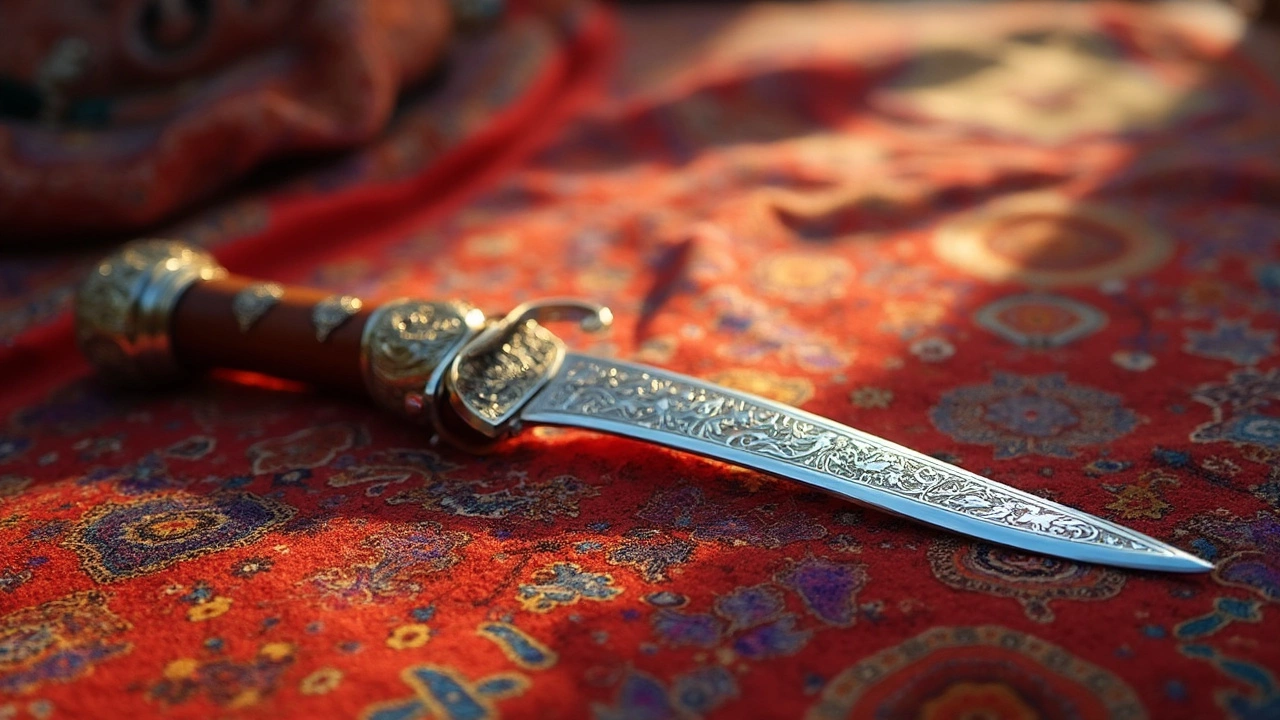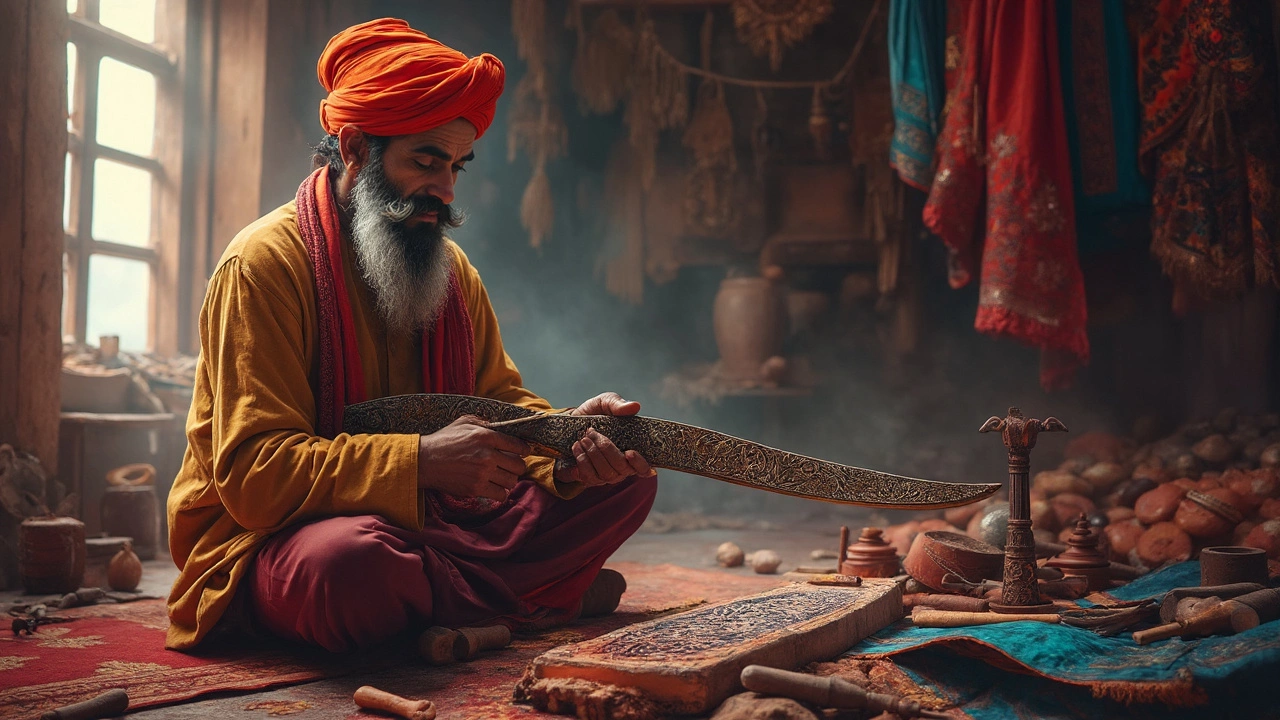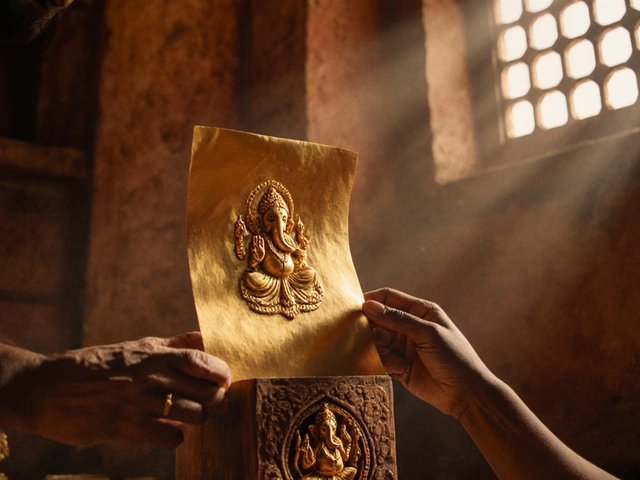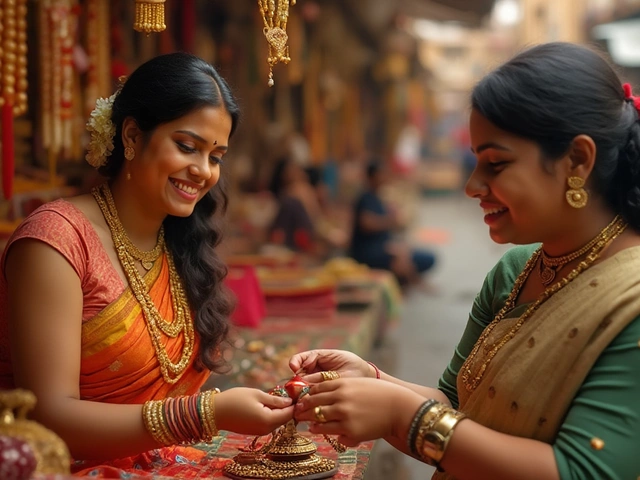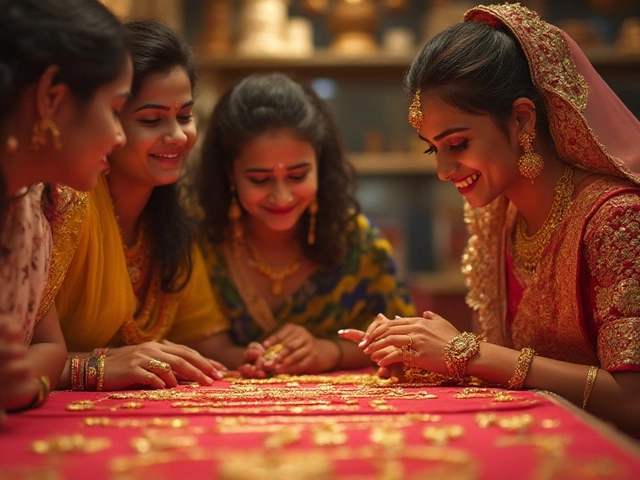Sikh Jewellery: Tradition, Style, and How to Choose the Right Piece
If you’re looking for jewellery that respects Sikh heritage while fitting modern wardrobes, you’ve come to the right place. Sikh jewellery isn’t just about sparkle; it’s tied to identity, faith, and daily life. Below you’ll find the most common pieces, why they matter, and what to keep in mind when you shop.
Key Pieces in Sikh Jewellery
Kara – The solid steel or gold bracelet is a Sikh’s most recognizable symbol. It represents the eternal bond with the divine. Most people wear it on the right wrist, but you’ll also see matching sets on both arms. Look for a smooth finish and a comfortable thickness; a 5‑mm band works for most.
Kirpan – Though primarily a ceremonial dagger, many families own a small ornamental version that can be attached to a belt or pocket. If you buy one for everyday wear, choose a lightweight alloy with a secure clasp to avoid any inconvenience.
Turban Pin (Saaj) – A simple gold or silver pin that holds the turban in place. It’s often decorative, featuring tiny gems or engravings. Make sure the tip is smooth so it won’t snag the fabric.
Rakhdi (Necklace) – Traditionally a gold chain with a small medallion or a simple cross. Modern styles may include a thin silver chain with a tiny Khalis or Ik Onkar pendant. Choose a chain that matches your daily activity; a 1‑mm chain is barely noticeable under a shirt.
Earrings and Nose Studs – While not exclusive to Sikh culture, many Sikh women wear small gold or diamond studs as part of their everyday look. Look for a secure back and a polished finish that won’t irritate the skin.
Buying Tips for Authentic Sikh Accessories
First, check the hallmark. In India, gold jewellery should carry the BIS hallmark; silver should show a 925 stamp. This guarantees purity and protects you from cheap plating.
Second, buy from a trusted dealer. RH Jewellers offers a certificate of authenticity for every piece, plus a 30‑day return policy if the design isn’t a perfect fit.
Third, think about maintenance. Gold pieces need occasional polishing, while steel karas stay shiny with just a soft cloth.
Finally, match the piece to the occasion. A simple kara works for work and worship, but a gold chain with a subtle pendant can elevate a festive outfit.
Choosing Sikh jewellery is about blending respect for tradition with personal taste. Whether you’re adding a new kara to your collection or picking a delicate nose stud, the right piece should feel comfortable, look authentic, and reflect your style. Explore RH Jewellers’ curated selection to find exactly what you need, and enjoy the confidence that comes with wearing something truly meaningful.
The Evolution of the Kirpan: A Journey Through Time
The Kirpan, a symbol of valor and religion for Sikhs, has undergone significant changes over time. This article explores its evolution, from an ancient weapon to a modern-day sacred article. Discover how historical events and cultural shifts have shaped the Kirpan's design and significance. Learn interesting facts and insights that reveal the unique journey of this cherished symbol. Gain a deeper appreciation for the Kirpan's place in Sikh tradition and its continuing relevance today.
Kirpan Controversies: Famous Legal Cases and Their Impact
Explore the intriguing legal battles surrounding the Kirpan, a ceremonial dagger worn by Sikhs. This article delves into significant court cases that have challenged and shaped the balance between religious freedom and public safety. Discover the verdicts that have set precedents and the cultural implications they carry. Learn about the rights of Sikh communities worldwide and how these cases influence legislation today.
Exploring Kirpan Styles: From Tradition to Modernity
Kirpans have been an essential symbol in Sikhism, representing bravery and spirituality. Today, they come in various styles, from traditional handcrafted designs to modern innovations. This article explores the evolution of Kirpan designs, delving into cultural significance and practicality. Learn how these changes reflect broader trends within the Sikh community and beyond.
Kirpan: A Symbol of Spiritual Non-Violence
The kirpan, a ceremonial dagger carried by initiated Sikhs, is rich in spiritual symbolism and lessons on non-violence. Unlike typical weapons, the kirpan represents a profound dedication to justice, compassion, and protection of the weak. This article delves into the spiritual meaning behind the kirpan and its unique role in promoting peace within the Sikh faith. Understand the historical context, core principles, and daily practices associated with this sacred symbol.
Kirpans: The Art and Craft of Their Creation
The Kirpan is more than just a blade; it is a symbol of the Sikh faith with deep spiritual meaning. This article explores how Kirpans are crafted, focusing on the materials and techniques involved. From traditional methods to modern innovations, the process reflects a blend of cultural heritage and skilled craftsmanship. Discover the intricate details and dedication that go into making each Kirpan uniquely significant.
